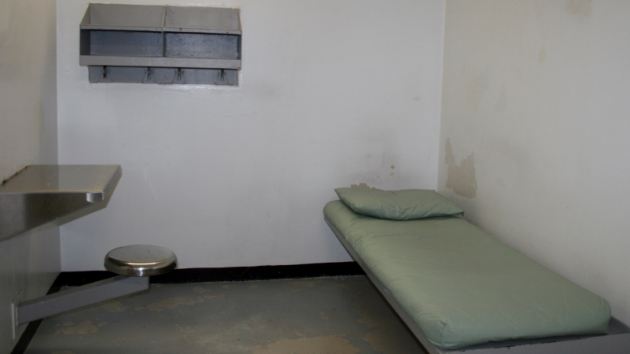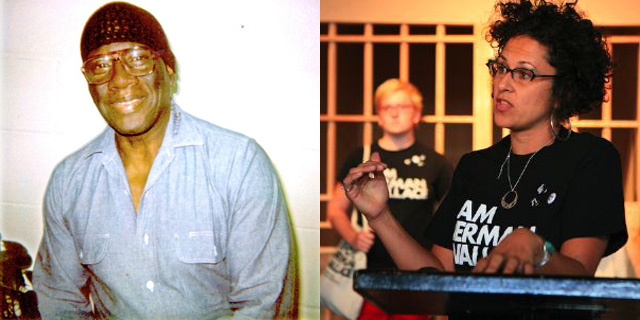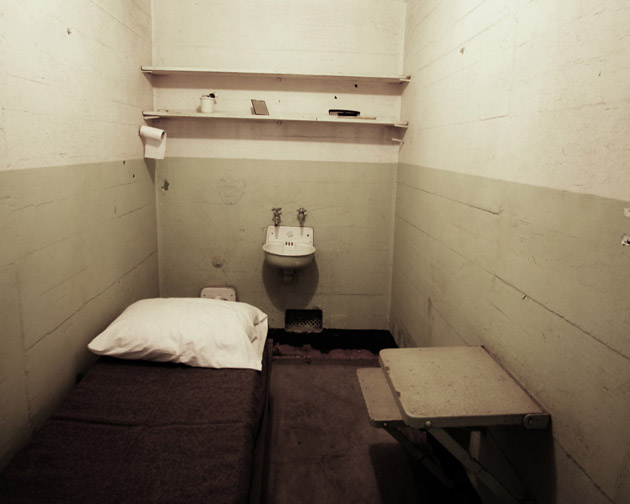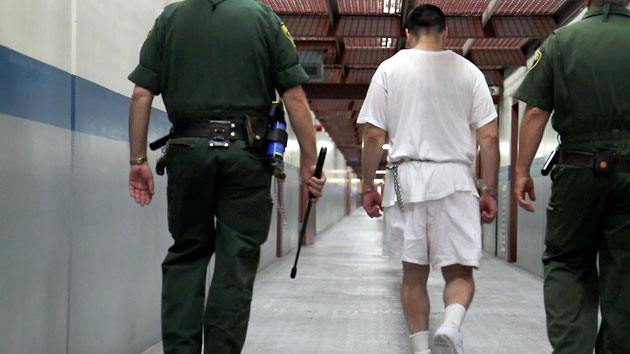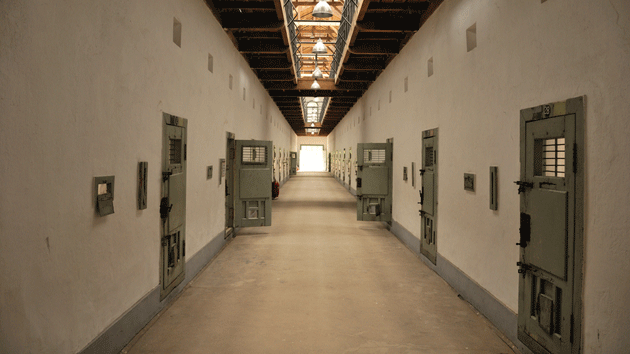
Arizona prisons just got a little better. A class action lawsuit by the ACLU, the Prison Law Office, and others reached a settlement with the Arizona Department of Corrections today to improve health care and solitary confinement conditions in the state.
“This is one of the largest–if not the largest–prisoner settlements in recent years,” said David Fathi, Director of the ACLU’s National Prison Project.
The lawsuit, which has been going on for two years, won concessions that would seem to be common sense. Prison guards, for example, now can’t pepper spray severely mentally ill prisoners unless they are preventing serious injury or escape. And while these types of inmates were previously let out of their solitary cells for just six hours a week, the settlement requires Arizona to let them out for at least 19 hours a week. With some exceptions for the most dangerous, this time will now be shared with other prisoners, and will include mental health treatment and other programming.
People like this—the schizophrenic, the psychotic, the suicidal—are not a small portion of the 80,000 people we have in solitary confinement in the US today. According the National Alliance on Mental Illness, 45 percent of people in solitary have severe mental illnesses. The country’s three largest mental health care providers are jails.
The Parsons v. Ryan settlement also requires the Arizona prison system to make more than 100 health care improvements. Prison staff now has to monitor people with hypertension or diabetes. Pregnant women have to get more care. Prisoners whose psych meds make them sensitive to heat now have to be kept in cells that are no hotter than 85 degrees. Those not on anti-psychotic meds though, can keep baking.

